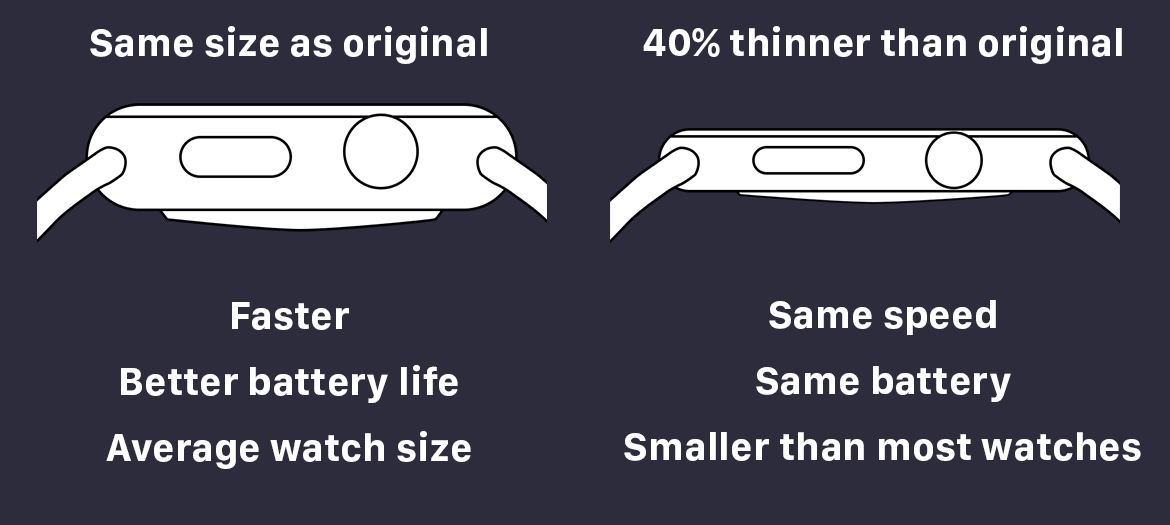Now sure enough, this evening Forbes reported that the bankroller of the Hogan suit is none other than Peter Thiel, a prominent Silicon Valley billionaire who styles himself a libertarian but somewhat incongruously is a big time supporter of Donald Trump in addition to numerous other right wing causes, most of which have a distinctly Randian cast.
Regardless of his politics, this news should disturb everyone. People talk a lot about the dominance of the 1% or in this case more like a tiny fraction of the 1%. But being able to give massive political contributions actually pales in comparison to the impact of being able to destroy a publication you don’t like by combining the machinery of the courts with anonymity and unlimited funds to bleed a publication dry.
It all comes down to a simple point. You may not like Gawker. They’ve published stories I would have been ashamed to publish. But if the extremely wealthy, under a veil secrecy, can destroy publications they want to silence, that’s a far bigger threat to freedom of the press than most of the things we commonly worry about on that front. If this is the new weapon in the arsenal of the super rich, few publications will have the resources or the death wish to scrutinize them closely.
Josh Marshall
The sad and ironic side of this chilling story: the (alleged) reason why Peter Thiel secretly funded this coordinated legal assault on Gawker was he was upset that some ten years ago the publication revealed he was gay. At the same time, Thiel is a board member at Facebook, the social network which routinely ousts gay teenagers by carelessly changing privacy settings and pushing everything in public, regardless of personal consequences. If Thiel would really care about gay people’s privacy, you would think he would do something about it from his position at Facebook.






